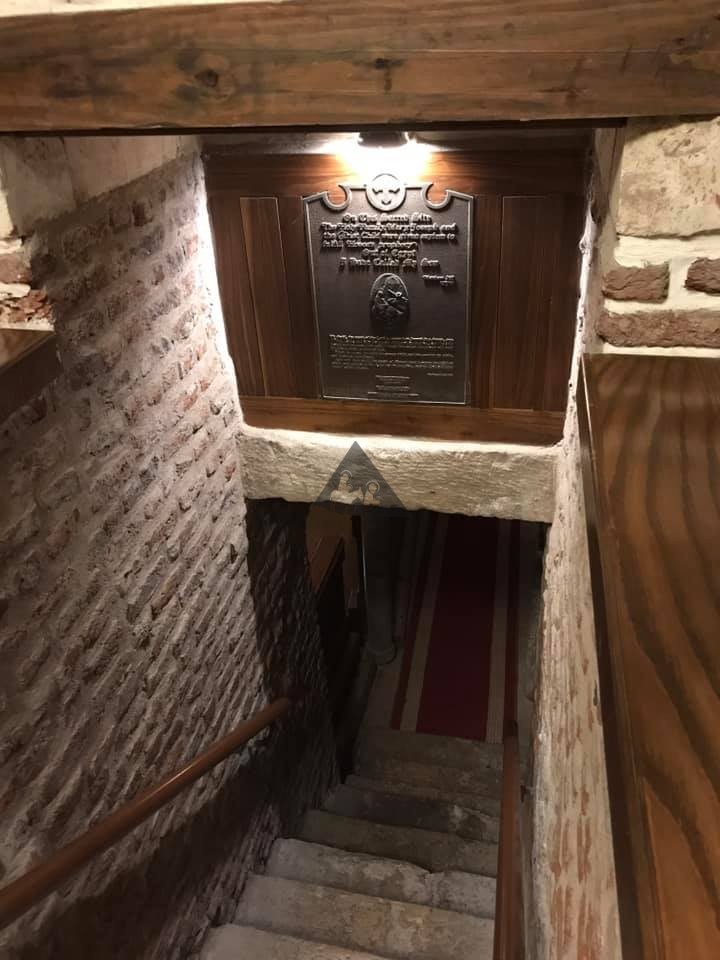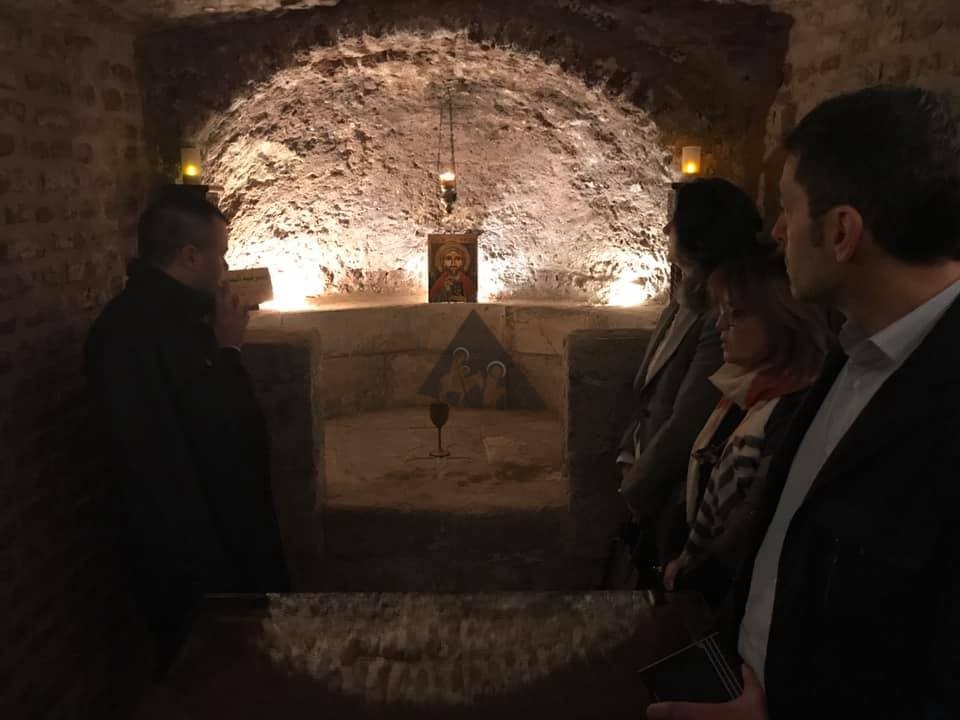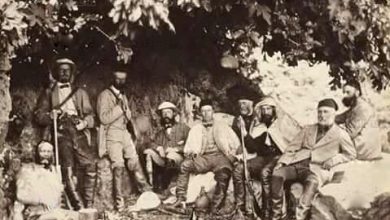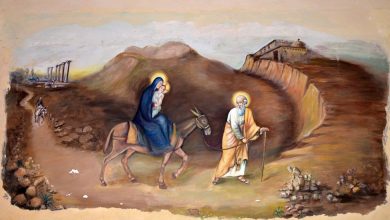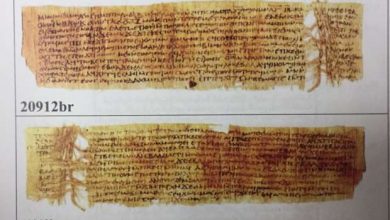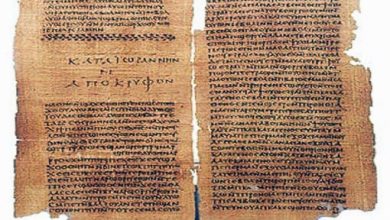The Cave in Abu Serga Church
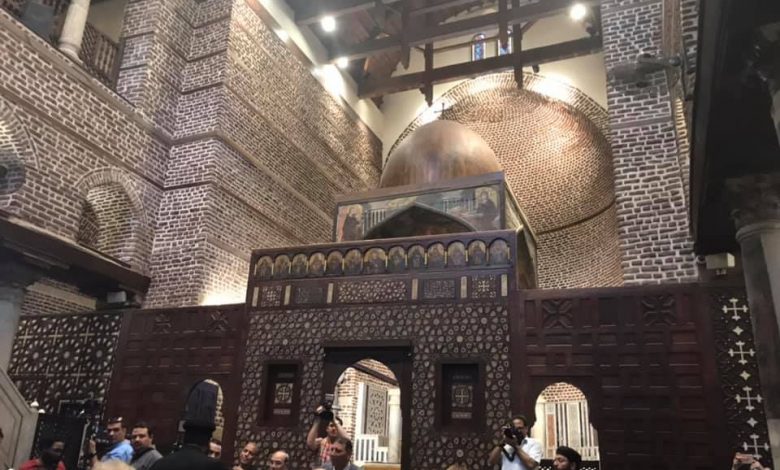
The Abu Serga Church cave is a cave in which the Virgin Mary, Jesus and Saint Joseph were hiding. It is located in the middle of the place of the two apostates, and is part of the structure of the Church of Saints Sergius and Wakhos known as “Abu Serga”. There is an entrance to the cave from two sides; with stairs going down to it, one from the south altar of the church, and the other from the northern altar. Next to the cave and inside the maritime structure of the church there is an ancient water well.
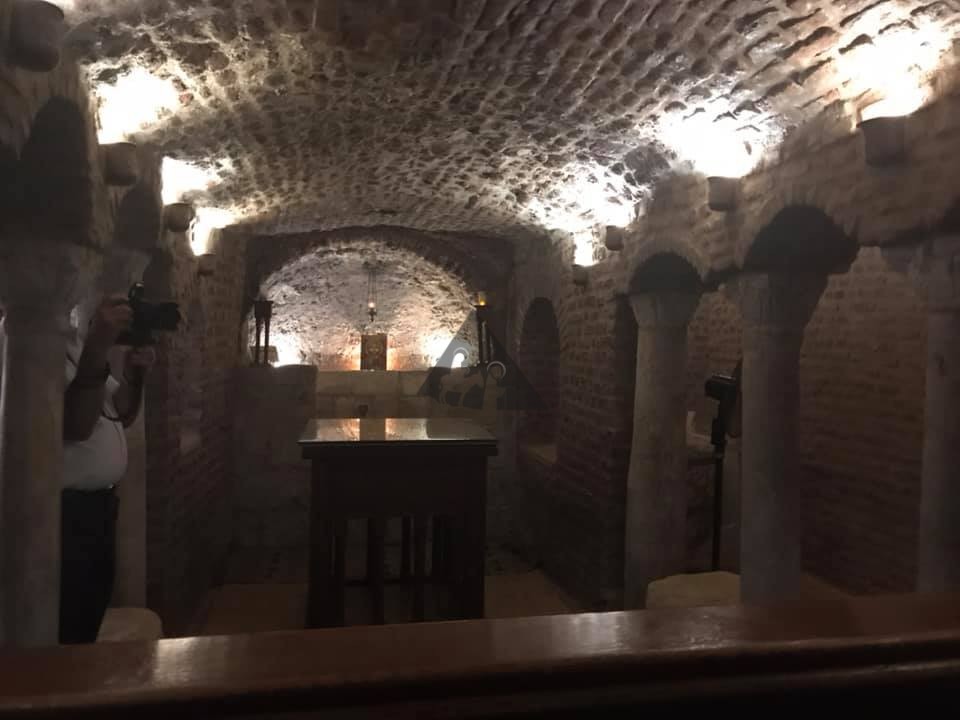
The cave is divided into three voids that separate them ancient stone columns. And the shape of the cave appears to be a small church for submerged holes in the eastern, northern and southern walls.
The length of this cave is 20 feet (6 meters) and its width is 15 feet (4.5 meters). Of course, there are no openings except the two entrances that we mentioned, and the cave is less than 21 feet (6.3 meters) from the roof of the church – just as the floor of the church itself is lowered from a level of The street is 12 feet (3.6 meters), meaning that the cave is about 33 feet (10 meters) below the surface of the street.
The architecture of the cave dates back to the twelfth or thirteenth centuries AD.
From the fourteenth to eighteenth centuries the cave was used by the Franciscans to hold masses where they lived in a small monastery near this place.
For many years, the cave was not available to enter because of the underground water that was above its level in the whole area of Ancient Egypt. Until a major project to drain that groundwater and restore the buildings that perished as a result of the impact of the groundwater on them was completed. And so the place returned with its Blessings once more, and the people came back to visit and pray as before.
During the time of the restoration, part of the mural appeared in the room of the southern altar on a plunge circular wall, in which Christ appears crowned and the four animals around him, the sun and the moon, as well as the angel Michael and Angel Gabriel. This mural goes back to 1200 AD
